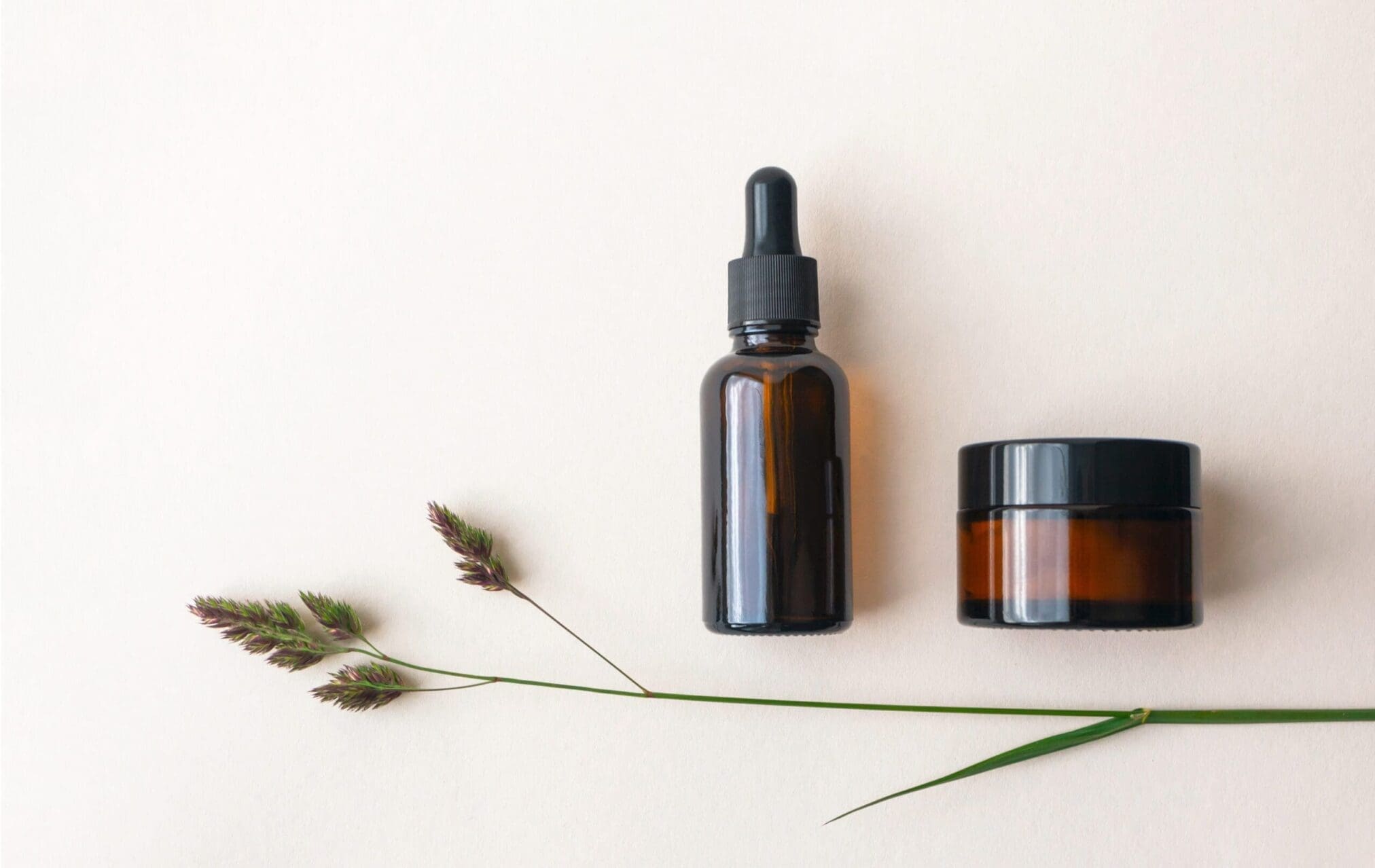The efficacy of sunscreen products and the way this efficacy is being claimed are important public health-issues that lead the European Commission to both mandating the Scientific Committee on Consumer Safety (SCCS) to revise the use of UV filters and to ensuring the implementation of the sunscreens Recommendation 2006/647/EC of the 22nd of September 2006. This recommendation covers the efficacy of sunscreen products and the claims related and though it is not a directive or regulation, it is the main document to consider when placing sunscreen products on the EU market.
The Recommendation aims to standardize and simplify the way sunscreen products are labelled throughout Europe in order to help the consumer to compare products and choose the right product for a given exposure and skin type.
The EC considers appropriate to set out examples of claims which should not be made in relation to sunscreen products, precautions that should be observed, and usage instructions that should be recommended for some of the characteristics claimed.
Claims which should not be made in relation to sunscreen products (2006/647/EC – Point: 5)
- 100 % protection from UV radiation (such as ‘sunblock’ ‘sunblocker’ or ‘total protection’);
- no need to re-apply the cosmetic product under any circumstances (such as ‘all day prevention’).
Precautions that should be observed (2006/647/EC – Point: 6)
- Do not stay too long in the sun, even while using a sunscreen product;
- Keep babies and young children out of direct sunlight;
- Over-exposure to the sun is a serious health threat.
Recommended usage instructions for the products effectiveness (2006/647/EC – Point: 7, 8)
- Apply the sunscreen product before exposure;
- Re-apply frequently to maintain protection, especially after perspiring, swimming or toweling;
- Instruction sufficient to ensure that a sufficient quantity is applied on the skin to achieve the effectiveness claimed:
o By indicating the quantity required through a pictogram, illustration or a measurement device;
- Carrying an explanation of risk involved in applying a reduced quantity.
Principle recommended measuring the degree of protection (2006/647/EC – Point: 9, 10)
The claims indicating UVB and UVA protection should be made only if the protection equals or exceeds the level set out below:
- a UVB protection of sun protection factor 6;
- a UVA protection of UVA protection factor of 1/3 of the sun protection factor;
- a critical wavelength of 370 nm.
Criteria to be followed for claims (2006/647/EC – Point: 11, 12, 13, 14)
- Simple, unambiguous, meaningful and based on standardized, reproducible criteria;
- The efficacy of sunscreen products should be indicated on the label by reference to categories such as ‘low’, ’medium’, ‘high’, and ‘very high’;
- Each category should be equivalent to a standardized degree of protection against UVA and UVB protection.

Following the EC Recommendation, Cosmetics Europe, The Personal Care Association, recommends indicating on the labels the letters “UVA”, printed in a simple circular shape. The diameter of the Logo should not exceed the height of the SPF number.

Sunscreen products claims may lead to serious undesirable effects if they are not true, not respecting as such the criteria of truthfulness, evidential support, honesty and informed decision-making laid down by the Commission Regulation (EU) 655/2013 of the 10th of July 2013. Cosmetics manufacturers and their designated Responsible Person shall make sure to follow such principles to ensure, above all, the beauty product safety for the European users.
If you want to know more on the labeling principles for sunscreen products, please contact us.


